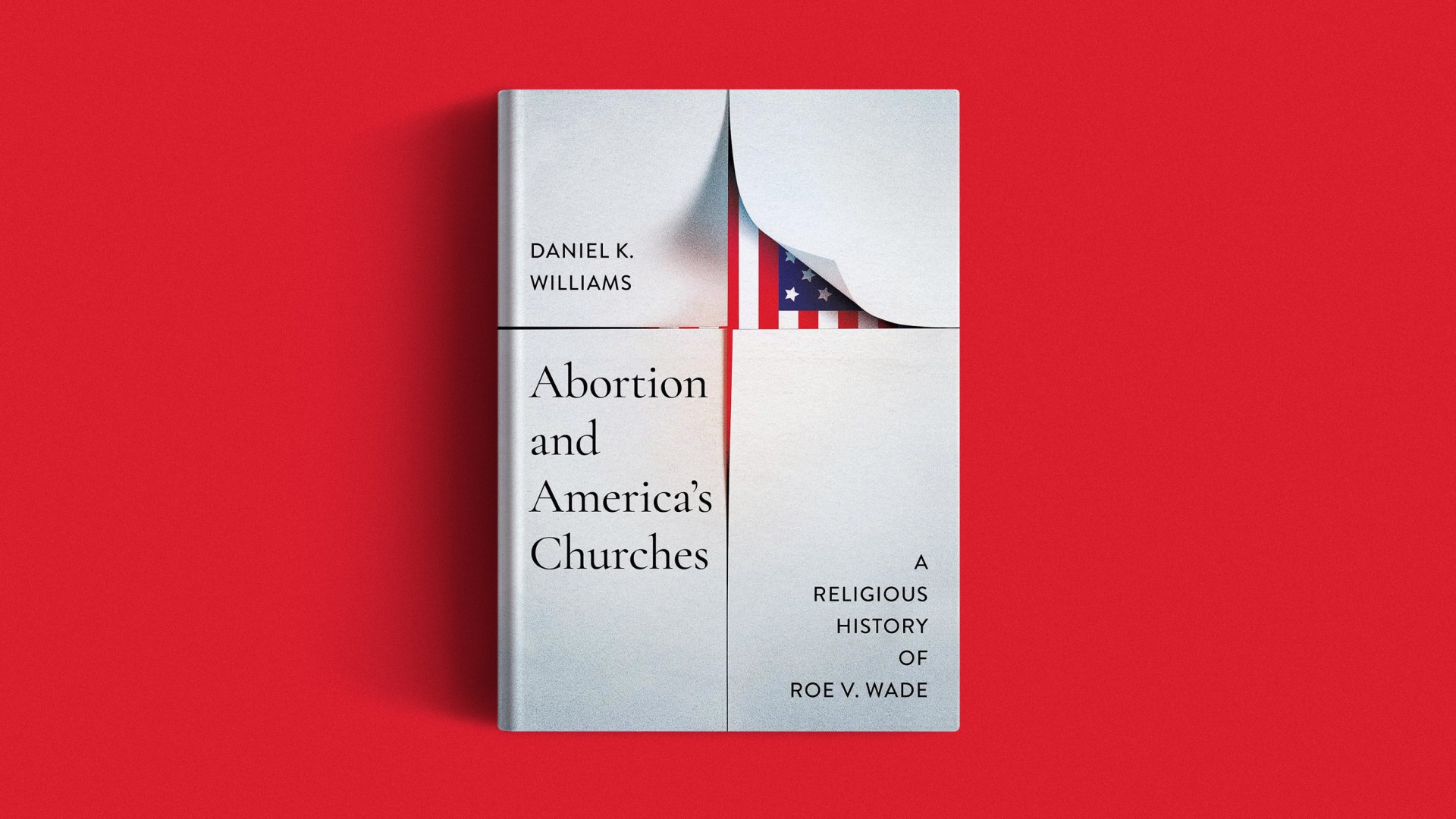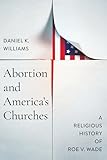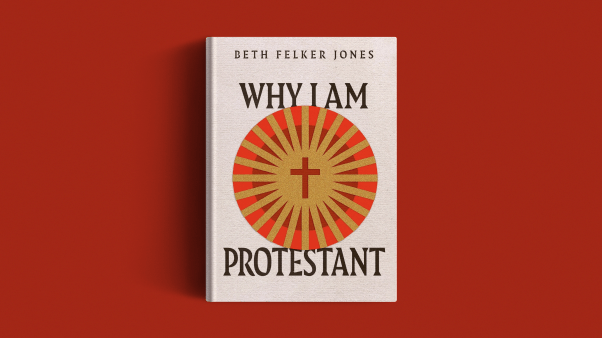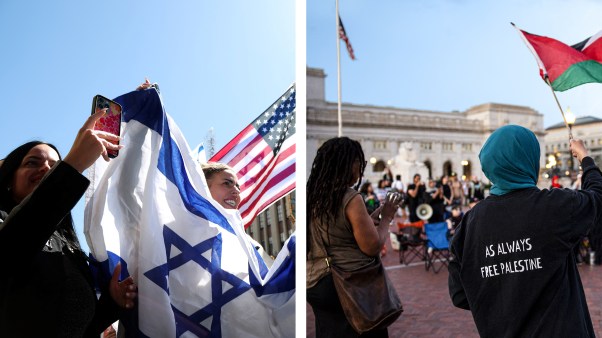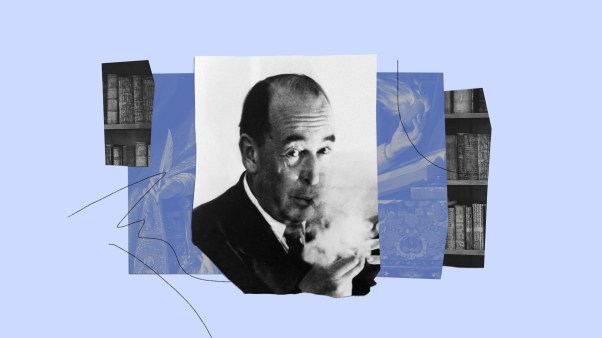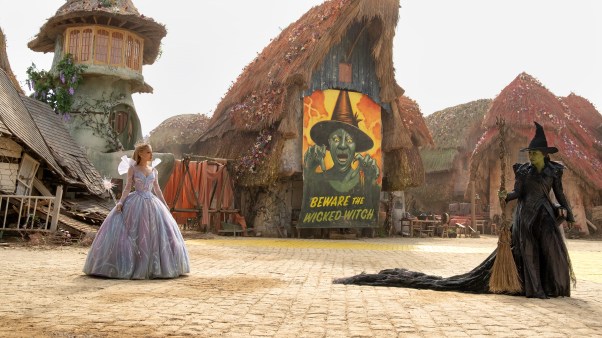After the Supreme Court’s polarizing Roe v. Wade decision in 1973, the liberal Protestant organ, The Christian Century, sometimes expressed deep ethical concerns about freer access to abortion. Though generally supportive of the ruling, some of the magazine’s contributors were willing to express serious qualms about its potential impact.
Writing in 1975, Kenneth Vaux, a theologian and ethicist at Garrett-Evangelical Theological Seminary, lamented that the majority opinion “opened the floodgates for thousands of thoughtless and unwarranted abortions.” Four years later, United Methodist chaplain J. Claude Evans argued that the pro-choice movement needed to respect the consciences of those who considered abortion tantamount to murder. The government, he added, should ensure that public monies never fund abortions.
Liberal Protestant unease of this sort is one of the many illuminating themes in Daniel K. Williams’s new book Abortion and America’s Churches: A Religious History of “Roe v. Wade”. Williams offers a thorough and insightful study of how American churches—Protestant and Catholic, white and Black—grappled with the ethics of abortion before and after the Supreme Court’s momentous decision. In particular, he seeks to show how different Christian denominations formulated positions on abortion that “reflected a particular theological framework” rooted in convictions that preceded Roe and persisted well after the landmark case.
Along the way, Williams questions at least a couple common assumptions. First, denominational defenders sometimes maintain that their traditions’ positions have never changed over time. Second, some scholars argue that evangelicals shifted their views suddenly for pragmatic partisan reasons. Here, Williams has in mind Randall Balmer’s thesis that white Southern Baptists adopted pro-life perspectives because of racial and political considerations rather than theological convictions.
Prior to the mid-20th century, American Protestants and Catholics hardly differed on matters of abortion. While historian James Mohr has maintained that first-trimester abortions were common and widely accepted during the 18th century, Williams inclines toward studies maintaining that abortions were relatively rare during this period due to widespread disapproval.
By the mid-19th century, that disapproval became more explicit, with Protestant bodies passing resolutions (like the Northern Presbyterians’ 1869 statement) that issued strong condemnations. By the turn of the century, the social gospel movement softened attitudes toward birth control among some Protestants, and this tended to liberalize their approach to questions of abortion.
Despite this gradual trend, however, ecumenical organizations, including the National Council of Churches, expressed ethical reservations as late as the early 1960s. A few prominent liberal Protestants, such as Princeton University’s Paul Ramsey, remained firm opponents. But by the early 1970s, virtually every mainline Protestant denomination supported liberalizing America’s abortion laws.
Indeed, Justice Harry Blackmun’s majority opinion in Roe echoed an official statement crafted by the United Methodist Church that framed legalized abortion as a matter of individual rights. The similarity was no accident; Blackmun was a faithful UMC member. “One could even call Roe v. Wade itself a liberal Protestant decision,” Williams concludes.
As for American Catholics, Williams highlights the deeply rooted theological and philosophical arguments, stretching back to early- and medieval-church traditions that prevailed in the pre-Roe era. The church’s position regarding the appropriate penalty for abortion changed over time, but its conviction that abortion was a serious sin did not.
Historic church teaching helped American Catholic leaders understand opposition to abortion within a broader social context. Detroit’s cardinal John Dearden, for instance, connected the pro-life cause with larger concerns about poverty and opposition to the Vietnam War, and many Catholic politicians (including Democratic senator Ted Kennedy) embraced such an approach—at least initially.
Meanwhile, white evangelicals’ more individualistic understanding of sin militated against this kind of broader social perspective. American Protestants, both theological conservatives (like Billy Graham) and theological liberals, had come to accept artificial birth control by the mid-20th century. Although independent fundamentalist Baptists had a long record of opposing abortion, the Southern Baptist Convention (SBC) continued to espouse a moderate or centrist position as late as 1971.
Christianity Today sharply criticized the Roe decision, though, and many evangelicals came to interpret legalized abortion as a disturbing sign of a larger moral decline in American culture. Both the SBC and Jerry Falwell’s Moral Majority (founded in 1979) issued jeremiads about national decay, justifying their activism with concerns about liberal hostility toward the traditional family. As Williams observes, “This new understanding of the pro-life campaign as a quest to restore Christian values in the nation’s law” had been less central in pro-life discourse before Roe, and it generated some debate within the movement.
During the 1980s and 1990s, debates over abortion emerged even within liberal mainline Protestant denominations, such as the United Methodists, the Evangelical Lutheran Church in America, and Episcopalians. Pro-life groups within the mainline forged alliances with renewal movements that sought to pull their communions away from theological liberalism in general. When these movements failed, Williams notes, the resulting denominational splits produced bodies that were “more homogenously liberal” on abortion.
Some liberal theologians recognized that pro-choice arguments were based upon individualistic Enlightenment assumptions. Even so, Williams observes, the position of liberal Protestants soon hardened as pro-choice advocates “reframed [abortion] as a healthcare equity issue.” Moreover, by the 1980s, Black Protestant leaders increasingly assumed an unqualified pro-choice stance. Take, for instance, the civil rights leader, minister, and presidential hopeful Jesse Jackson. In 1977, he had staked out a firm pro-life position. Yet his views shifted in 1983, gravitating toward what had become the mainstream posture of the Democratic Party.
As liberal Protestants retreated from earlier convictions, conservative evangelicals and Catholics increasingly recognized each other as co-combatants in the pro-life cause. In 1992, representatives from both traditions began crafting an ecumenical agreement, published in 1994 as “Evangelicals and Catholics Together.” The joint statement deepened their alliance on the abortion issue while laying the groundwork for further cooperation.
By the early 2000s, Williams notes, many American Catholic bishops intensified their focus on abortion itself as distinct from a broader ethic of human dignity. Some asserted their right to deny Communion to pro-choice Democratic politicians who attended Mass, though Pope Francis later discouraged such a confrontational approach. When, in 2022, a conservative Supreme Court majority finally overturned Roe v. Wade in the Dobbs v. Jackson Women’s Health Organization decision, it was not surprising that four of the five justices were Catholics.
The demise of Roe underscored the diminished role of mainline Protestants in shaping religious attitudes toward abortion. Indeed, the entire framework of the abortion debate had changed profoundly since 1973. As Williams explains, “The fusion of the pro-life movement with a campaign to return the country to Christian principles turned the abortion debate into a referendum on the religious identity of the nation.”
Like all good historical works, Abortion and America’s Churches provides invaluable context, complicating our understanding of the past in enlightening ways. But the book also raises difficult questions about the viability of Christian pro-life witness going forward. Williams believes that a “pro-life ethic [that] demands self-sacrifice and a commitment to marriage, sexual chastity, and care for others” is unlikely to prevail in an increasingly unchurched and intensely individualistic society.
This is undoubtedly true. But the presumed moral divide—between a pro-life movement grounded in religious values and a largely secular opposition—isn’t quite so clear, especially in light of Donald Trump’s pronounced reshaping of conservative political coalitions. How should one understand the pro-life movement’s transactional decision to support a figure as ethically compromised as Trump? How much damage has the movement sustained to its reputation and wider influence on account of this alliance?
In the wake of the Dobbs decision, as Williams notes, the Republican Party—under Trump’s sway—dramatically weakened the pro-life elements of its platform. Moreover, some American Christians (Protestant and Catholic) find Trump’s transgressive behavior appealing. In recent election cycles, a good number gave him electoral support, despite the presence of bona fide pro-life evangelical alternatives like Ted Cruz (in 2016) or Mike Pence (in 2024). Admittedly, scholars might need more time to assess these developments in their fullness.
All told, however, Abortion and America’s Churches succeeds in tackling a difficult subject with a consistently fair and even-handed approach. Between its admirable objectivity and its extensive reliance upon primary sources, the book is likely to become the standard treatment of how different Christian traditions have wrestled with abortion.
Moreover, unlike many academic works, Williams’s book can serve as a helpful guide for productive dialogue on this emotionally charged subject.
Gillis J. Harp retired as professor of history at Grove City College in January 2025. His most recent book is Protestants and American Conservatism: A Short History.

